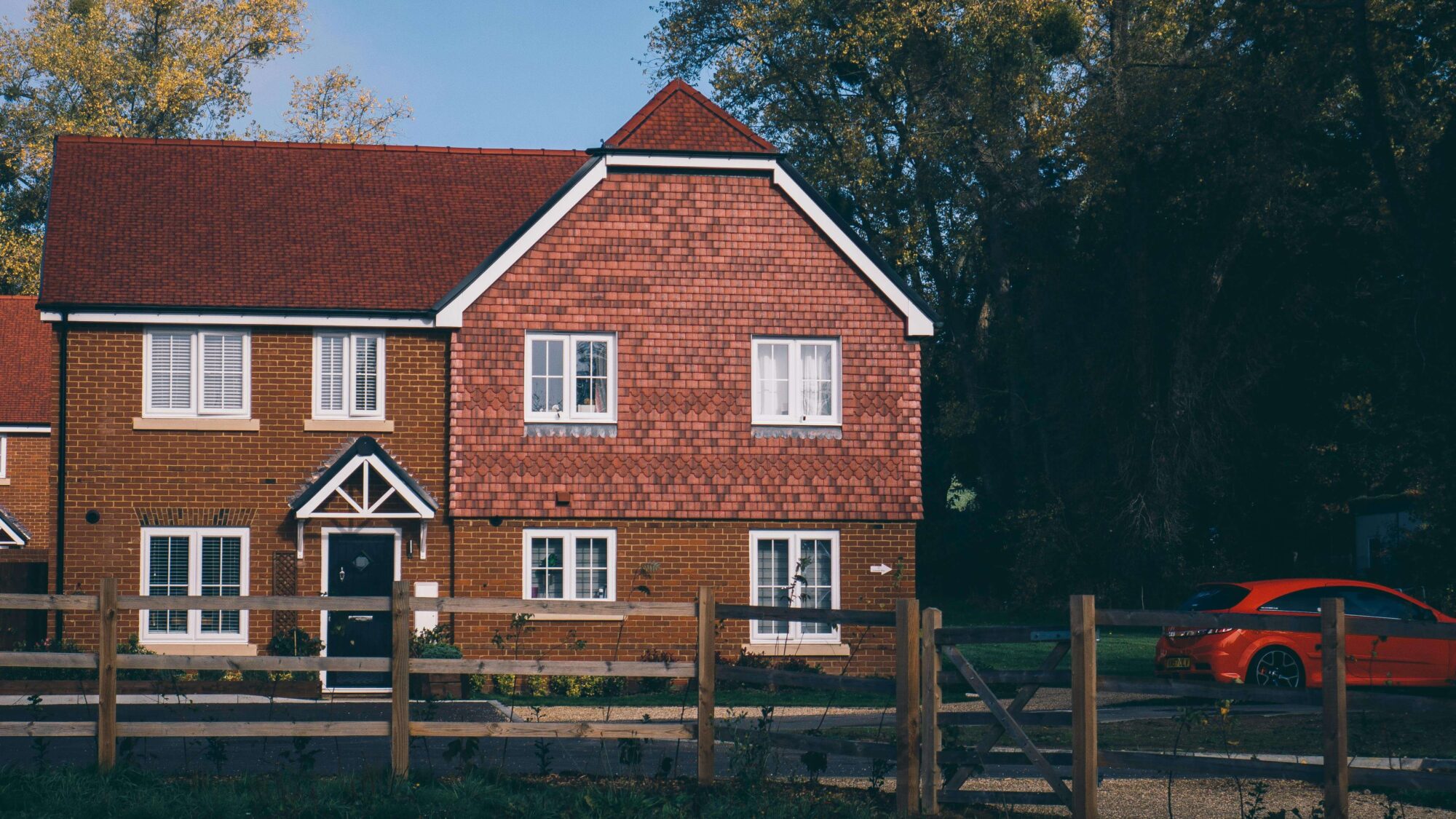Selling a shared ownership house or flat can be an easier and certainly faster process…
Flooding Risks
PLEASE NOTE: Information in this article is correct at the time of publication, please contact DFA Law for current advice on older articles.
What is the issue?
Flooding is a growing risk. Aside from physical damage caused by floods, if a property is at risk of flooding it may be difficult to:
- obtain a mortgage
- obtain suitable insurance cover, or
- sell the property.
This is likely to affect the value of the property.
The Environment Agency estimates that one in six homes in England (approximately 5.2m properties) are at risk from flooding. Of these, 1.4m are at risk from rivers or the sea alone, 2.8m are at risk from surface water alone and 1m are at risk from both. An estimated 200 homes are at risk of complete loss to coastal erosion over the next 20 years or so, and 2,000 more could potentially become at risk over this period (see Flooding in England: A National Assessment of Flood Risk).
What is the risk of flooding?
It may not always be obvious that a property is at risk of flooding. Properties at risk do not need to be close to a river or the sea or on low lying ground to be exposed to flood risk. Surface water, groundwater and overflowing sewers are increasingly common causes of flooding.
The most common types of flooding are:
- Surface water flooding – occurs when heavy rainfall overwhelms the drainage capacity of an area.
- Sewer flooding – occurs when sewers are overwhelmed by heavy rainfall or when they become blocked.
- Groundwater flooding – occurs when underground water levels rise above surface level. This is most likely to occur in low lying areas underlain by permeable rocks.
- River flooding – occurs when a watercourse cannot cope with the water draining into it from the surrounding land.
- Coastal flooding – results from a combination of high tides, low lying land and, sometimes, stormy conditions.
Whose risk is it?
For freehold properties, repairing flood damage will invariably be the responsibility of the owner.
For leasehold properties the responsibility to carry out repairs to the structure of the building, but not the tenant’s contents, will probably lie with the landlord. Therefore the landlord is likely to insure the building. But even if the landlord insures, if the landlord does not include flood risks in its policy or if flood becomes an uninsured risk, the tenant may be liable to make good any flood damage, or at least pay for the cost of doing so, depending on the wording of the lease.
When purchasing a property the standard contract terms, The Law Society Standard Conditions of Sale (fifth edition), oblige the buyer to assume the risk of damage to the property from exchange of contracts.
Therefore you should investigate the terms on which buildings insurance is available for all risks, including flood, at an early stage in the transaction and in any case in advance of exchange of contracts, after which you are committed to the purchase.
Buildings insurance
You need to make sure that insurance can be obtained for the property on acceptable terms. Where a property is perceived to be at risk of flooding, insurers may decline to insure, require high premiums, impose high excesses or impose unusual conditions.
Insurers collate data sets relating to flooding claims, amongst other information, in order to evaluate the terms on which they are willing to insure against flood risk. Making enquiries of a number of insurers may indicate whether the property is at risk of flooding.
The British Insurers Brokers Association may be able to assist you in locating specialist brokers if you encounter difficulties, and the Department for the Environment, Food and Rural Affairs have produced a guide Obtaining flood insurance in high risk areas for those experiencing difficulty in obtaining flood insurance.
Specialist surveys
Your may wish to commission a specialist survey of the property to be acquired to provide further information in relation to flood risk.
A flood risk survey, in addition to providing information about the likely risk of flood, can provide information about steps that can be taken to mitigate exposure to flood damage. It may also analyse the efficacy of existing flood mitigation measures.
The Flood Risk Report has been developed by government and industry. It is a standard template for recording flood risk before and after the installation of flood resistance and resilience measures.
The following organisations may be able to assist in providing suitably qualified professionals:
- Royal Institution of Chartered Surveyors (RICS)
- Association of Building Engineers
- Chartered Institution of Civil Engineers
- Chartered Institution of Water and Environmental Management
Conclusion
Before you enter into a binding commitment to buy, lease or finance property you should:
- Establish the terms on which buildings insurance, including flood risk cover, is available.
- Discuss the level of risk to which the property is exposed with your building surveyor or, if necessary, a flood risk assessment consultant.
If you encounter difficulties in obtaining insurance on usual terms this should put you on notice of the risks and you may decide not to proceed with your purchase, or at the same price, as a result. Even if you still want to proceed you may not be able to do so, if this prevents you being able to obtain suitable mortgage finance.



